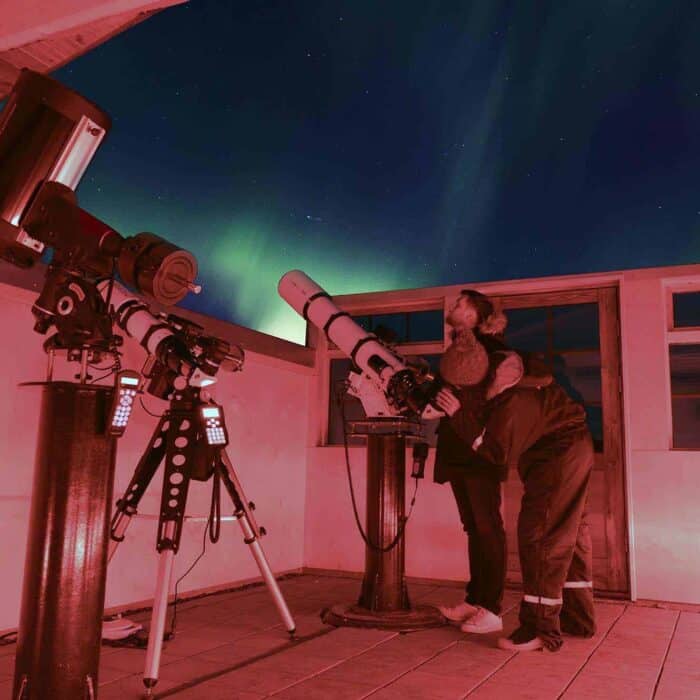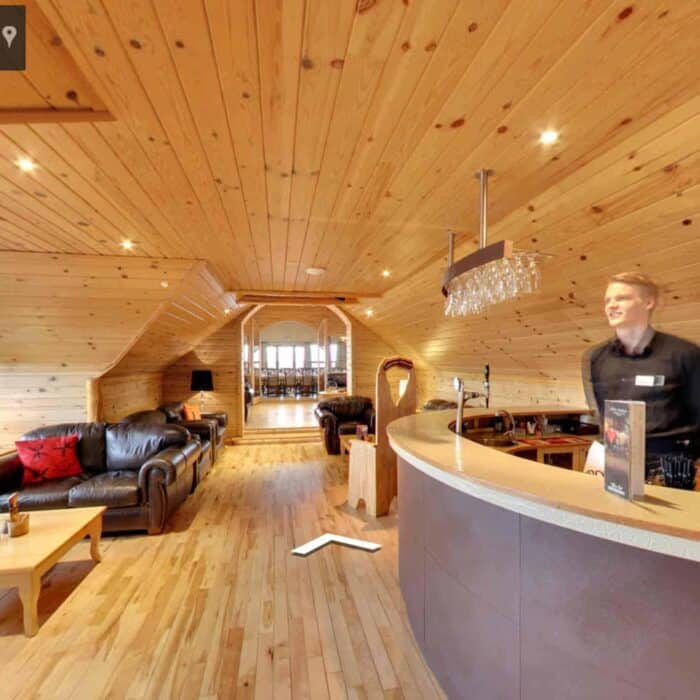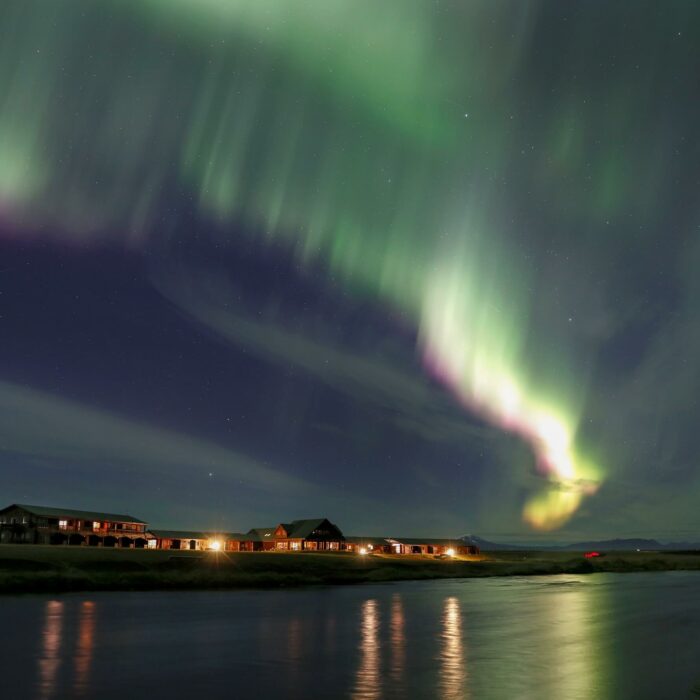Table of Contents
We recently sat down for an interview with astronomer Duane Hamacher to learn about his recent visit to Hotel Rangá. In the following blog post, Duane also shares his experience as an astronomer based in Australia. He recounts stories about the night sky from cultures around the globe. Keep reading to learn more about the night sky.

What is your experience as an astronomer?
I’m an astronomer and Associate Professor at the University of Melbourne in Australia. I was born and raised in the USA, but moved to Australia to pursue graduate studies in astronomy. There, I developed a fascination with the science of Indigenous star knowledge. What’s more, I published the book “The First Astronomers” how Indigenous Elders read the stars”, which was released in Europe this year. I am currently on sabbatical at Heidelberg University in Germany working in the Centre for Apocalyptic and Post-Apocalyptic Studies. I currently study cosmic phenomena that may cause the end of the world, such as solar storms, meteorite impacts, and nearby supernovae.

Why did you come to Iceland and stay at Hotel Rangá?
I have always wanted to visit Iceland. As a result, I decided to come give a seminar at the University and explore the island. My decision to come in late March and early April was because this is the best time to see the aurora. This is due to the orientation between the Earth and Sun’s magnetic fields, which makes solar activity more frequent and powerful. I was excited to come to Hotel Rangá to see the far northern night sky through the telescopes at the observatory.

How was your stay at Hotel Rangá?
I loved the visit and got to see a little bit of the aurora on our first night. Unfortunately, the rest of the week was overcast and rainy. It was still worth the visit, as Reykjavík is a wonderfully charming city. What’s more, south Iceland’s stunning scenery of mountains, glaciers, waterfalls, and black beaches is stunning. Our stay at Hotel Rangá was amazing, with excellent facilities, phenomenal food and a great atmosphere. Even though the cloudy skies meant we didn’t get to use the telescopes, the experience was still exciting and memorable.

Are the constellations in the southern sky different from the ones we see in the north?
Yes, they certainly are! You will see a range of new stars and constellations from the south, as well as a much greater portion of the Milky Way and the Magellanic Clouds (two dwarf galaxies that orbit the Milky Way). The most famous southern constellation is the Southern Cross (Crux). In fact, it is featured on the national flags of Australia, New Zealand, Papua New Guinea, Samoa and Brasil. You will see some familiar constellations like Orion, Scorpius, and Gemini, but for you, they will appear upside down! The Big Dipper in the constellation Ursa Major is Karlavagnen (Karl’s chariot) in Nordic mythology. For Torres Strait Islanders in the far north of Australia, this “upside down” constellation represents a shark called Beizam.
The Greeks saw the Milky Way as milk from the breasts of Hera. However, the Vikings pictured it as the mythical tree Ash of Yggdrasil that held up the world. How do Indigenous Australians see it?
There are more than 300 distinct Indigenous languages in Australia, each with a different culture and traditions. For some Aboriginal communities, the Milky Way is where a bird carrying a burning stick soares through the heavens, leaving a trail of sparks and smoke. For many communities, it is a river or waterway. In the Torres Strait, it traces an outline of a shovel-nosed ray. For almost all Indigenous communities, the dark spaces in the Milky Way represent “dark constellations,” such as the emu, kangaroo and serpents.
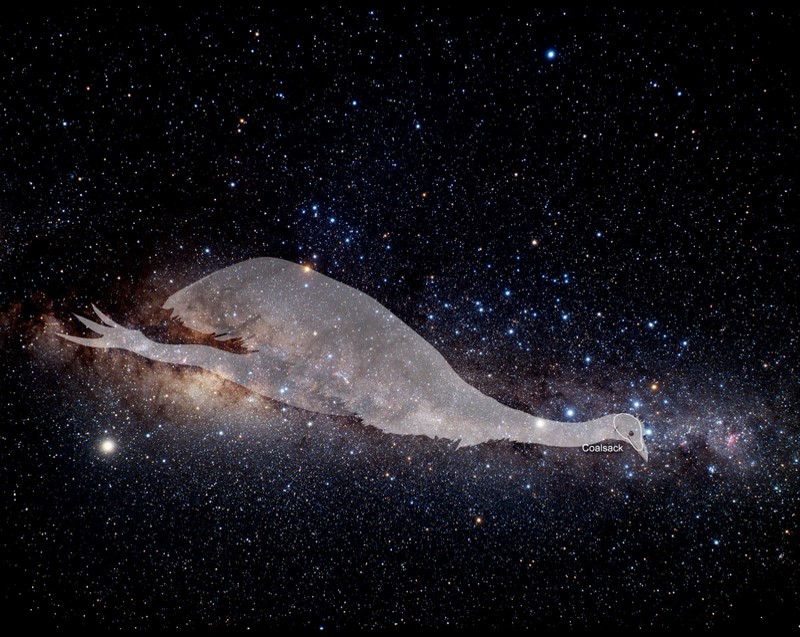
Are there any similarities with the stories of Indigenous Australians and for example, the Greek mythology or even the Nordic view of the sky?
There are several constellations that are seen by Greeks, Aboriginal Australians, and other cultures in remarkably similar ways. They include Orion as a hunter chasing the sisters of the Pleiades, with the girls protected by the stars of the Hyades in Taurus. The stars of Gemini are often seen as twins. In Nordic mythology, the Rimtöl describes the three stars of Orion’s belt as fishermen. In Arnhem Land of the Northern Territory, they are also fishermen, sitting in the canoe with the bow and stern represented by Betelgeuse and Rigel.
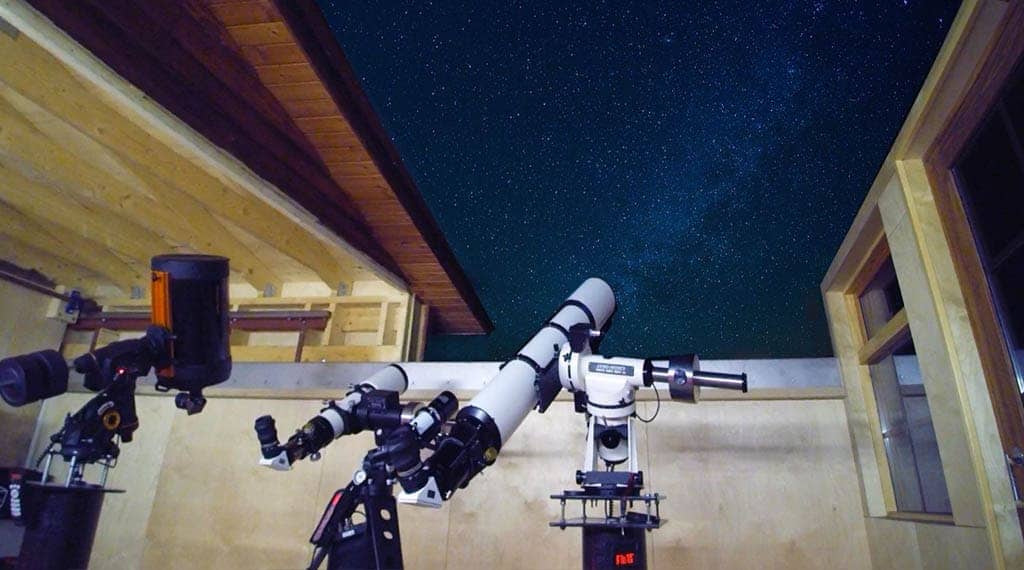
Do you have a favorite Indigenous night sky myth or legend?
In central Australia, Arrernte people teach how long ago, a group of women were dancing a ceremony as stars in the Milky Way. One of the women was carrying her baby, so she placed him in a wooden cradle and set him down at the edge of the galaxy so she could dance with the other women. Their dancing shook the Milky Way and the baby fell, tumbling to Earth as a fiery star. It landed on the ground with the cradle covering it. The place of the falling star baby is now a gigantic crater formed when an asteroid struck the Earth. The baby’s parents, the Morning and Evening Stars, take turns searching for their lost child to this day. This story is explored in the National Geographic documentary “The Story of God with Morgan Freeman” in season 1, episode 4: Creation.

Auroras can sometimes be seen from the southernmost part of Australia. Did Aboriginal people see the southern lights from there?
There are many stories of the southern lights (aurora australis) across the southern half of Australia. In addition, there are stories from the Maori traditions in New Zealand. They are often described as the fires of spirits in the sky world. In some places, the aurora is only to be observed by senior elders. Although the main aurora zone is far south between Australia and Antarctica, Aboriginal stories of the aurora extend as far north as Queensland and Uluru in the Northern Territory. One fascinating fact is how Aboriginal people describe how aurorae can make a cracking sound, similar to descriptions of the Sami, Inuit and Native American traditions. Sami people of northern Scandinavia call the aurora borealis “guovssahas” – meaning the lights you can hear. Only in the last decade did scientists finally come to understand how this is possible – motivated by Indigenous traditions.
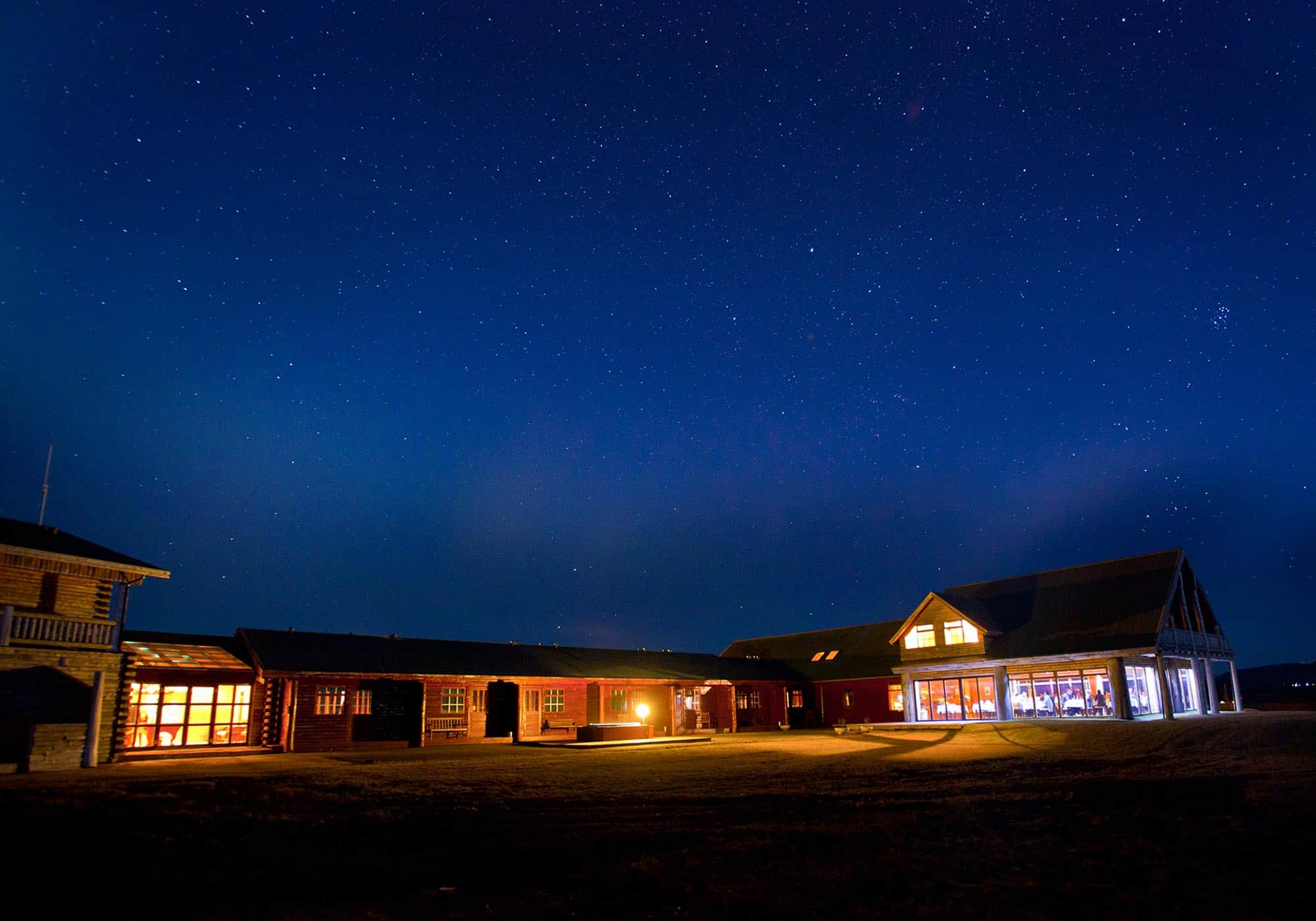
Do you feel Hotel Rangá is a good place to see the northern sky?
The hotel is ideal, considering Iceland’s weather! The lack of light pollution means you will get a stunning view of the stars, and the open plains mean you get a full view with nothing in the way. The observatory holds two powerful telescopes that will help you see planets, binary stars, nebulae, star clusters and even other galaxies.
With increased urbanization and blue LED lights, the stars are rapidly disappearing from view. When the stars are gone, so are the traditions and links to culture. This means it can be difficult to view the stars in larger cities. So in your daily life, be sure to keep light usage low, point lights downward and use cool color amber LED lights. Darkness is not something to be overcome: we need darkness, and so does wildlife.

Why do you feel it’s important to tell guests the stories of the night sky, not just the science?
Astronomy is considered the oldest science because it is central to nearly every culture on earth. It tells us about our place in the universe. What’s more, it is how we tell time, manage calendars and guide our journeys. Cultures across the globe encode all of this information to memory by mapping out stories in the stars. Gazing up at an uninterrupted view of the night sky will instill a deep sense of awe, beauty and inspiration within you. If one has never experienced that before, go on a star tour at Hotel Rangá. It will change your life.

